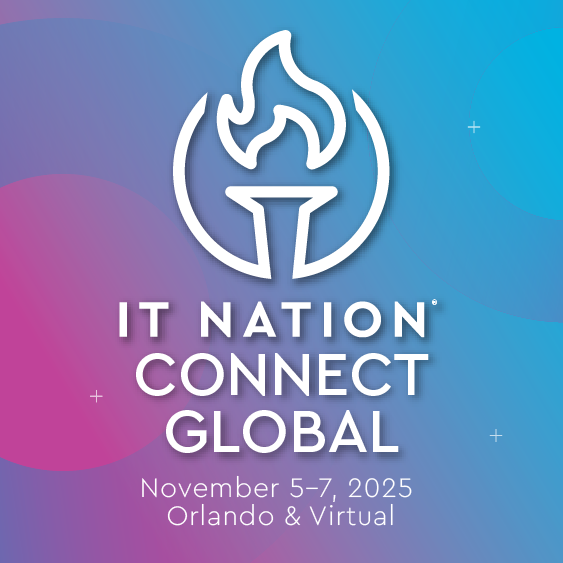Cyber hygiene, or cybersecurity hygiene, refers to a set of practices organizations and individuals perform regularly to ensure the safe handling of critical data, secure networks, and enterprise-wide assets. By maintaining properly functioning devices, organizations can better protect themselves from malware, cyberattacks, or data breaches.
Proper cyber hygiene is an enterprise-wide responsibility—from following best practices for email security, leveraging a VPN to ensure internet safety, and creating strong and unique passwords for optimal protection.
Cyber hygiene definition
What is cyber hygiene? Cyber hygiene refers to a set of repeated practices and protocols that users and MSPs take to maintain overall cyber health, improve security initiatives, and prevent the likelihood of cyberattacks or malware. Much like physical hygiene, cybersecurity hygiene is best done at regular intervals.
Typical cyber hygiene practices and protocols often include:
- Secure authentication and access
- Regular software and hardware updates
- Robust backup strategies
- Strong password policies
- Secure remote access
The benefits of cyber hygiene for MSPs
For MSP clients, implementing a regular cyber hygiene protocol for computers, hardware, and software is beneficial for two primary reasons:
- Improved security: One of the most vital reasons to ensure cyber hygiene is to maintain and improve company security. Routine cyber hygiene best practices maximize an organization’s security positioning and ensure the ability to handle existing and emerging threats. Without proper cybersecurity hygiene, organizations may become vulnerable to security threats, data breaches, and data loss.
- Increased efficiency: Regular maintenance for both hardware and software improve daily operations and reduce security vulnerabilities.
Common cyber hygiene challenges
Developing routine and consistent maintenance programs for clients is a proactive approach to reducing the risk of increased vulnerabilities or cybersecurity risks. Some common cyber hygiene challenges include:
- Large distributed or remote workforces. Organizations typically have numerous assets in need of cyber hygiene attention—from hardware to software to online applications. With large distributed or hybrid workforces leveraging cloud computing, cyber hygiene best practices can be challenging for MSPs to implement.
- Data disorganization: When organizations leverage a combination of hard drives and online cloud storage without proper backup and maintenance, the data may become exposed to hacking, cybersecurity threats, and other concerns.
- Security challenges. With an influx of cyber threats, such as malware, spam, viruses, phishing, and hackers, organizations struggle with comprehensive security challenges and breaches.
- Outdated, old security software. Some organizations have outdated technology and old security systems that are ineffective and vulnerable to attacks and malware. Software applications must be updated regularly to ensure optimal security and keep pace with consistently changing threats.
- User engagement. MSPs require buy-in and engagement from clients and, in turn, their users. Without company-wide engagement, cyber hygiene best practices may be difficult to implement and maintain.
- Consistent work. Cyber hygiene is an ongoing and consistent requirement for organizations to maintain proper security measures. It typically requires security professionals and end users to routinely learn new habits and behaviors and perform ongoing tasks to ensure optimal security results.
Cyber hygiene best practices for MSPs
Creating a cyber hygiene routine starts with comprehensive documentation and analysis of all current assets and programs.
For most organizations, cybersecurity asset management includes an initial discovery phase followed by management and tracking. With a full asset inventory, MSPs can leverage this information to identify potential risks and define vulnerabilities.
Asset inventories should include:
- Computers
- Connected devices, such as printers or fax machines
- Mobile devices, such as phones or tablets
- Software programs installed on computers
- Web applications, such as Google Drive or Dropbox
- Applications on phones or tablets
- Other programs not directly installed on devices
Once an MSP has developed a comprehensive overview of assets, common cyber hygiene best practices to help support clients as they manage cyber threats include:
- Regular updates: Unused equipment must be wiped and disposed of properly. For software or applications that are out of date, MSPs should update these apps for optimal security. If programs are no longer being leveraged by the organization’s team, they should be uninstalled.
- Patch strategy and management: Similar to regular product updates, patch management reduces the risk of cybersecurity threats. By regularly monitoring and patching security vulnerabilities, organizations can reduce the potential for cybersecurity incidents.
- Backup strategies: Proper cyber hygiene requires comprehensive backup strategies to ensure that all critical and confidential data is duplicated and stored in a secure location. This can be accomplished with automated backup methods, relieving the burden on employees. Every user should have their data backed up to a secondary location, such as a hard drive or cloud storage, to ensure it is not lost or compromised in the event of a cyber incident.
- Secure remote access: Through the use of VPN, zero-trust network architecture (ZTNA), or other secure remote access solution, facilitate secure connections and productivity for users.
- Endpoint security: With hybrid or distributed work environments, endpoint security is critical. Identify all endpoint devices and conduct regular maintenance and security measures to reduce the risk of cyberattacks.
- Authentication and access: One of the most important elements of cyber hygiene is user authentication and access control. To effectively manage and secure an organizational network, MSP teams should help their clients adopt multi-factor authentication, biometric authentication, or a combination of robust access control solutions to keep data secure and in the right hands.
- Password policies: Simple or repeated passwords are a security threat to businesses. Be ready to support your client as they develop a robust password protection program and establish guidelines and requirements for user credentials. Leveraging complex passwords decreases the risk of successful cyberattacks, protecting overall organizational security.
- Security training: Organizations can extend the impact of cyber hygiene best practices led by MSPs or internal IT professionals by building cyber hygiene training. By instructing employees on the best practices for cyber security and cyber hygiene, users can strengthen an organization’s security posture.
- Management and monitoring: With regular and continuous monitoring of network security, an organization’s holistic cyber hygiene grows. Frequent and consistent monitoring and scanning help to flag potential threats, highlight security vulnerabilities, and ensure an effective incident response.
Building an effective culture of cyber hygiene best practices for an organization starts with its employees. It’s essential to advise your clients on the best practices with this cyber hygiene checklist:
If you’re an MSP looking for the best platform to protect your clients, ConnectWise Cybersecurity Management offers a suite of services—from endpoint detection and response to security policy management—to empower cyber hygiene best practices.
Common tools for cyber hygiene
MSPs can leverage a variety of common tools to ensure optimal cyber hygiene for clients, including:
- Access security: Leverage identity and access management tools (IAM) to develop multi-factor authentication and single sign-on. These are two of the most effective cyber hygiene best practices.
- Endpoint security: Utilize endpoint detection and response (EDR) solutions to monitor a client’s endpoints for suspicious activity that may indicate an attack in progress.
- Cloud security: Monitor and manage security risk for cloud applications, such as Google Suite or Office 365. Security information and event management (SIEM) software is also an invaluable tool for to support overall cloud security.
- Identity security: Zero-trust-based security frameworks provide customers with robust protection from cybersecurity threats targeted at remote or hybrid workforces.
Ready to uplevel your cybersecurity offering? Start improving cyber hygiene for your clients by registering for one of our live cybersecurity demos or request a custom quote today.
FAQs
What is good cyber hygiene?
Good cyber hygiene consists of regular asset inventories, routine software and hard updates, patch strategy, regular data backups, strong password policies, and regular management and monitoring to prevent cyberattacks.
Why is cyber hygiene important?
Without proper cyber hygiene, companies are at risk of cyber threats and attacks, such as malware, viruses, phishing, and spam. Organizations may also struggle with data disorganization or lack of backup, security vulnerabilities, and outdated software.
What are the best practices for cyber hygiene?
To develop an organization’s cyber hygiene checklist, start with creating an asset inventory of all hardware and software across the company. Other best practices include regular hardware and software updates, patch strategy and management, effective backup strategies, secure remote access, endpoint security, and regular maintenance.
What steps can I take to improve my cyber hygiene?
For organizations, developing an active culture of cyber hygiene is an effective strategy to improve. From regular updates to creating strong passwords, businesses must provide training and resources to improve cyber hygiene.
What are the risks of not practicing good cyber hygiene?
Without proper cyber hygiene, organizations are at risk of cybersecurity threats, loss of data, breach of confidential information, and other security-related concerns.








